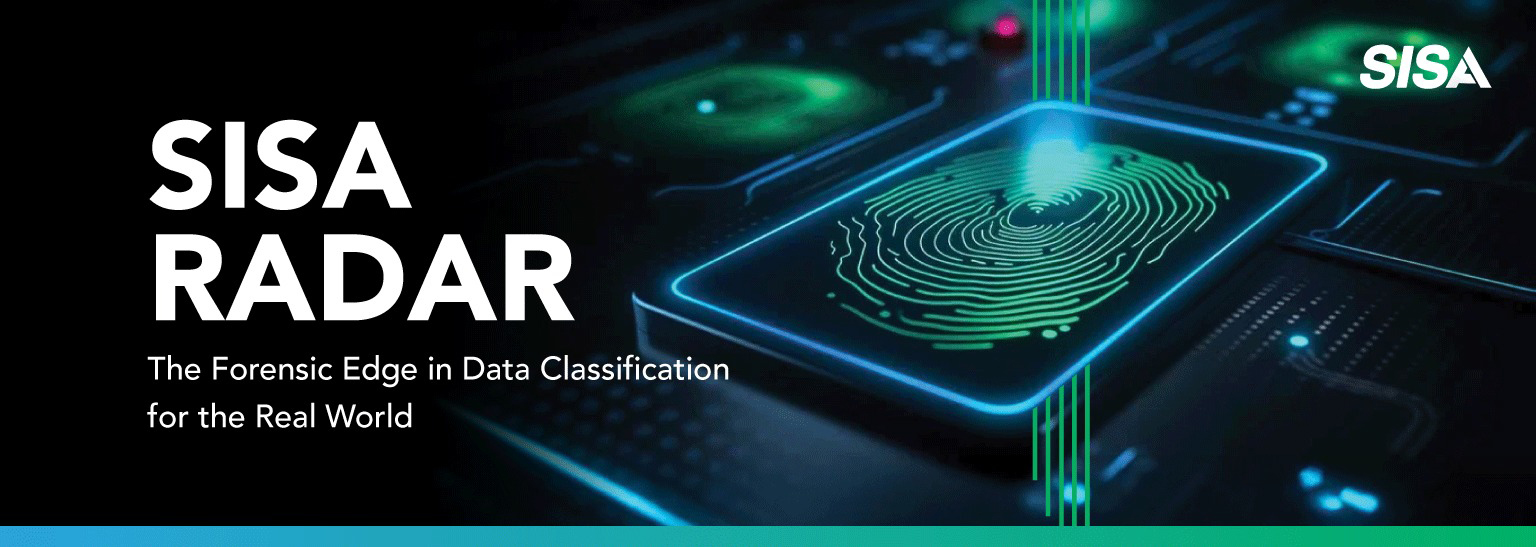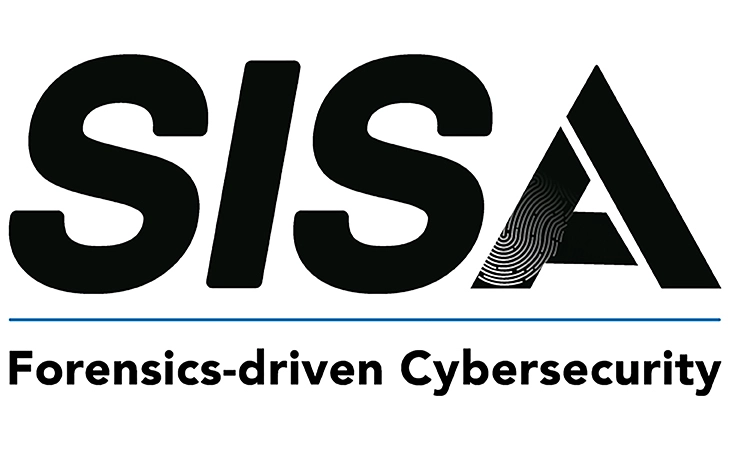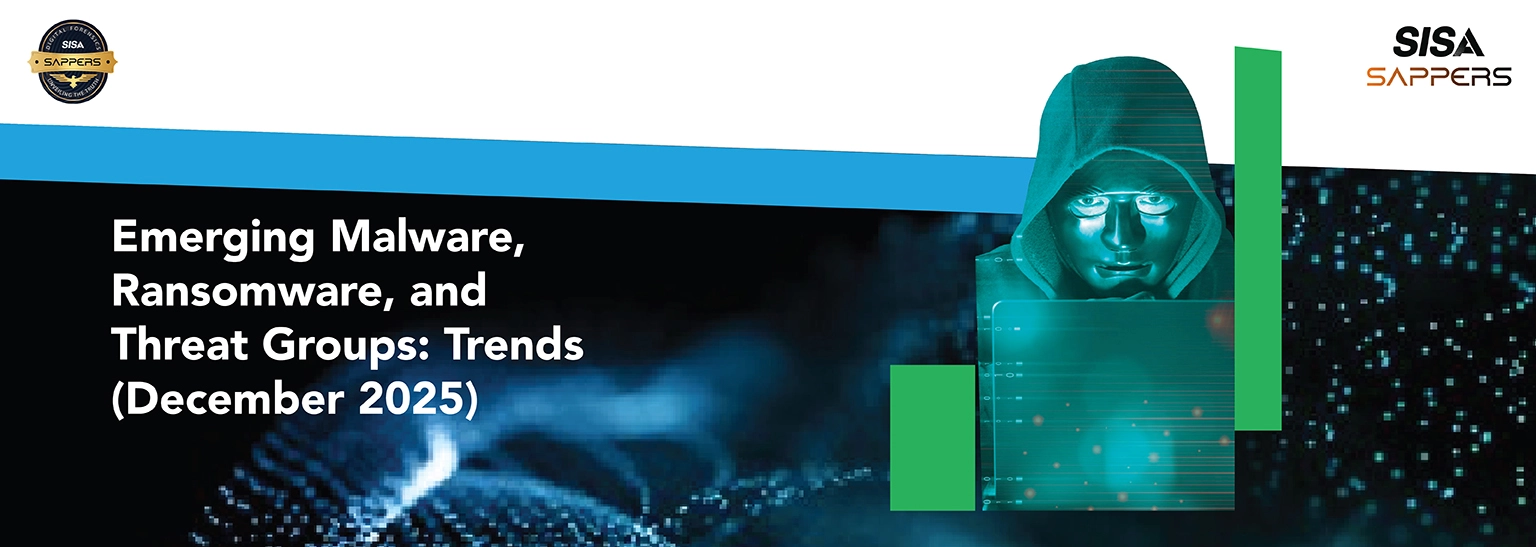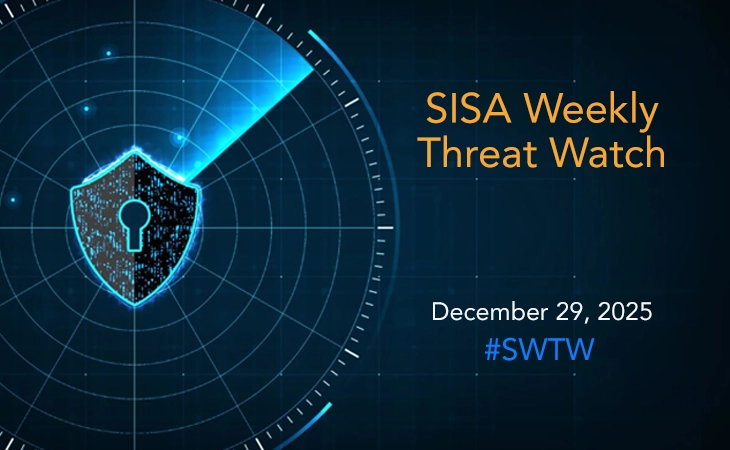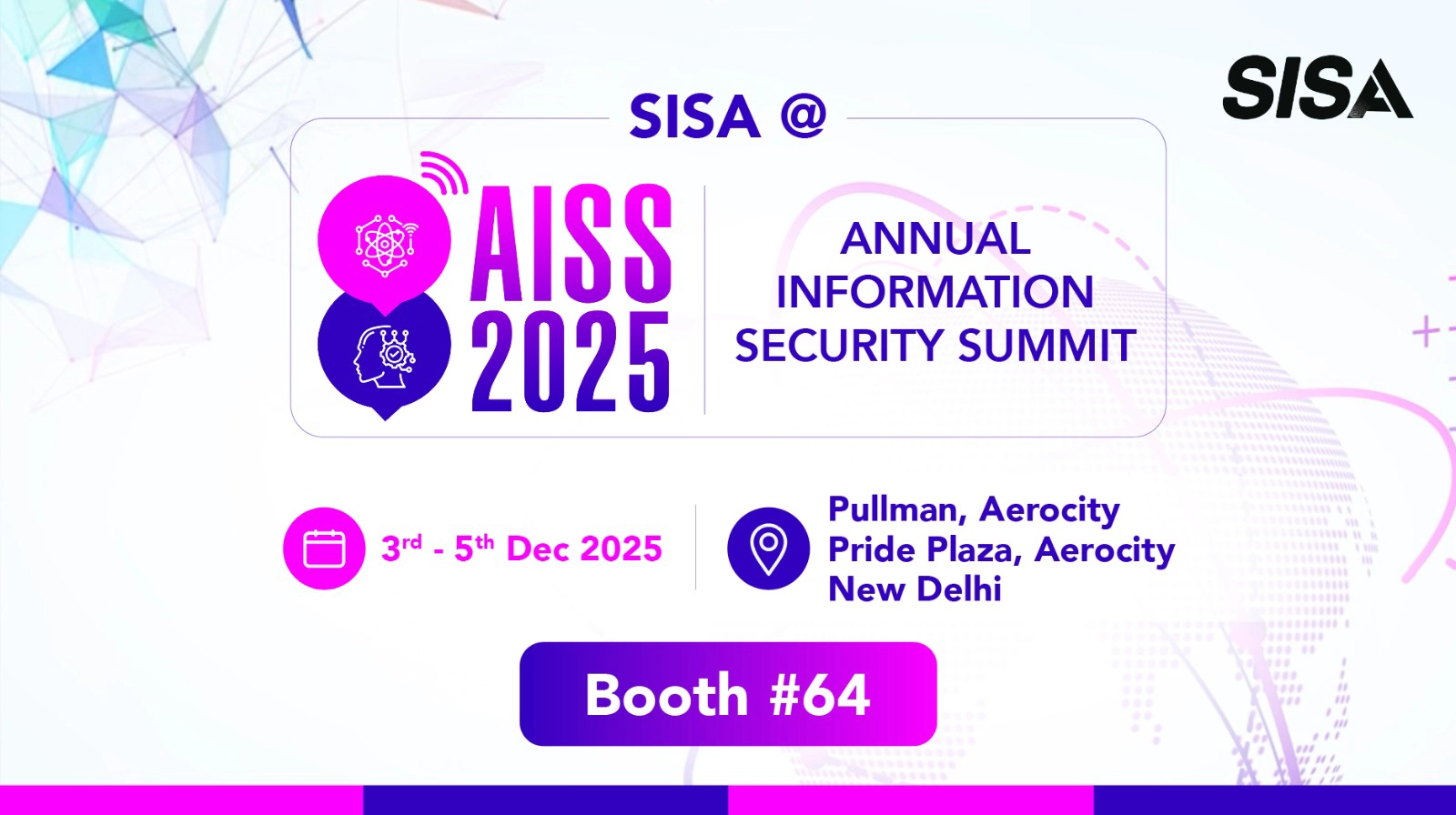
How Quantum Computing Threatens Cryptography in Banking: Real Risks, Real Scenarios
Introduction
Modern banking relies on the silent guardians of digital trust cryptographic algorithms. Whether it’s encrypting a transaction at a Point-of-Sale (POS) terminal, securing login sessions for mobile banking, or digitally signing a loan document classical cryptography underpins every secure interaction.
Today’s security protocols in the BFSI sector rely heavily on:
- Public Key Cryptography (RSA, ECC) for secure key exchange and digital signatures
- Symmetric Algorithms (AES, 3DES) for bulk encryption in ATMs, card systems, and APIs
- Hash Functions for password security, digital certificates, and data integrity
But this architecture, hardened over decades, faces an emerging adversary: Quantum Computing.
In this blog, we explore real-world use cases from the banking world and analyse how quantum algorithms like Shor’s and Grover’s put them at risk.
Use Case 1: Digital Loan Agreements Secured by RSA Signatures
Scenario
A large retail bank offers digital loans home, personal, and vehicle with zero paperwork. Customers sign:
- Loan agreements
- Consent documents
- Terms & conditions
All via RSA-2048 based digital signatures. These signed documents are stored securely for 10–25 years in internal systems or third-party vaults, as mandated by RBI and Income Tax regulations.
RSA ensures Non-repudiation, Tamper resistance, Legal enforceability during audits or disputes.
Quantum Threat: Shor’s Algorithm
If a fault-tolerant quantum computer becomes viable, Shor’s algorithm can:
- Factor the RSA private key from public information
- Forge a digital signature
- Alter signed documents, making forged versions appear legitimate
This retroactively invalidates the legal integrity of millions of documents.
Possible Business Impact
- Legal Risk: A manipulated agreement could adjust terms like tenure or interest rates.
- Regulatory Failure: RBI or IT audits could deem past contracts unverifiable.
- Loss of Enforceability: Contracts signed in good faith today may not hold up tomorrow.
- Reputation Damage: A digital-first bank losing digital trust could see erosion in customer confidence.
Mitigation Path
- Inventory and Signature Discovery
- Map all platforms using RSA for signatures.
- Classify by retention policy and enforceability.
- Hybrid Signatures (Transitional Phase)
- Move to hybrid digital signatures like RSA + Dilithium.
- Sign all new contracts with PQC-ready algorithms before 2027.
Case Study: Grover’s Algorithm & AES – Why Even Symmetric Encryption Isn’t Safe
Scenario
A digital-native bank uses AES-256 across its entire microservices architecture:
- Mobile banking APIs
- Inter-service communication
- Transaction notifications
Keys are securely stored and rotated via an HSM (Hardware Security Module).
Quantum Threat: Grover’s Algorithm
AES isn’t directly broken but Grover’s algorithm halves its effective strength.
- AES-256 becomes equivalent to AES-128 under quantum attacks
- AES-128 is already considered weak under quantum assumptions
This undermines assumptions of long-term data confidentiality.
Possible Business Impact
- Shortened key life: Keys need more frequent rotation.
- Harvest Risk: Traffic encrypted with AES-256 today could be decrypted with Grover-based brute force tomorrow.
- Compliance Drift: Future regulatory standards may require longer symmetric key lengths or hybrid models.
Mitigation Path
- Shift to AES-384 where feasible
- Apply hybrid overlays for sensitive flows (e.g., AES + PQC wrapper)
- Educate architecture and DevSecOps teams via internal workshops
- Partner with a Quantum Security Consultant for roadmap design
How SISA Can Help You Become Quantum Secure
At SISA, we bring deep expertise in cybersecurity governance and implementation to help your organization prepare for the post-quantum era. Our approach starts with identifying all cryptographic assets in your environment using our specialized discovery tools. This allows us to build a detailed Cryptographic Inventory, which forms the foundation of your quantum security strategy.
Next, we assess the quantum exposure, and we classify and prioritize risks to ensure the most vulnerable systems are addressed first.
We then provide a comprehensive Quantum Risk Report, highlighting potential Quantum Threats and step-by-step recommendations to strengthen your cryptographic infrastructure.
To support a smooth and secure transition, SISA offers Quantum Migration Consulting, built around a 7-phase strategy that guides your organization through every stage of PQC adoption from planning to implementation.
Finally, to build internal expertise, we offer the Certified Quantum Security Professional (CQSP) course a certification program designed to help your teams understand quantum computing, assess quantum risks, and implement PQC effectively.
Let SISA be your trusted partner in making your organization Quantum Secure.
Latest
Blogs
Whitepapers
Monthly Threat Brief
Customer Success Stories
 USA
USA India
India APAC
APAC Middle East
Middle East Global
Global






 Facebook
Facebook Linkedin
Linkedin  X
X Youtube
Youtube



